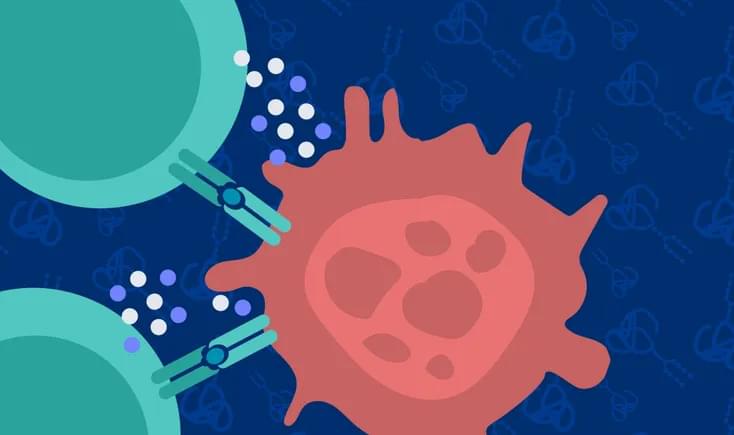Several studies have indicated that interrupted epigenetic reprogramming using Yamanaka transcription factors (OSKM) can rejuvenate cells from old laboratory animals and humans. However, the potential of OSKM-induced rejuvenation in brain tissue has been less explored. Here, we aimed to restore cognitive performance in 25.3-month-old female Sprague–Dawley rats using OSKM gene therapy for 39 days. Their progress was then compared with the cognitive performance of untreated 3.5-month-old rats as well as old control rats treated with a placebo adenovector. The Barnes maze test, used to assess cognitive performance, demonstrated enhanced cognitive abilities in old rats treated with OSKM compared to old control animals. In the treated old rats, there was a noticeable trend towards improved spatial memory relative to the old controls.
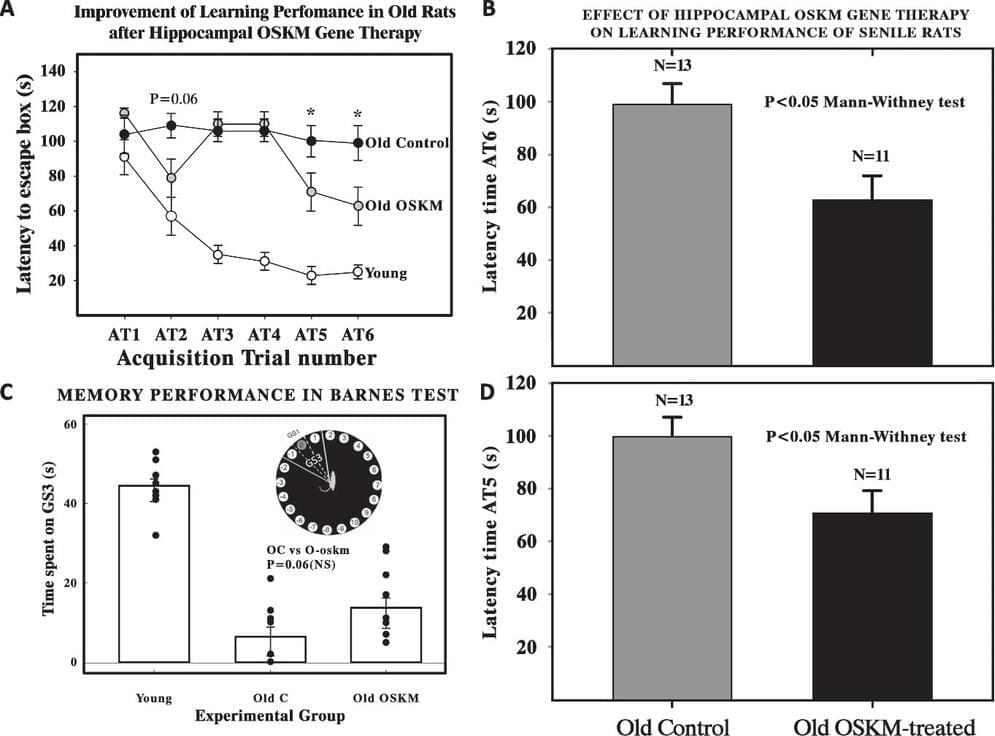

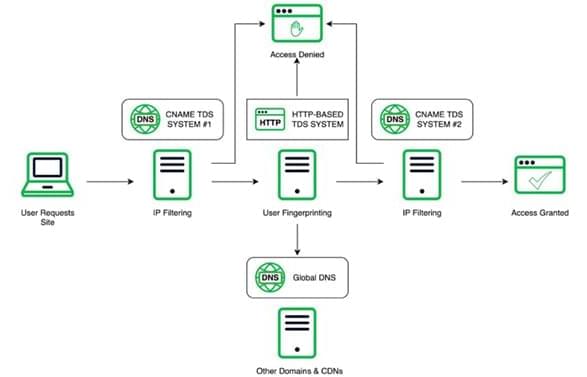
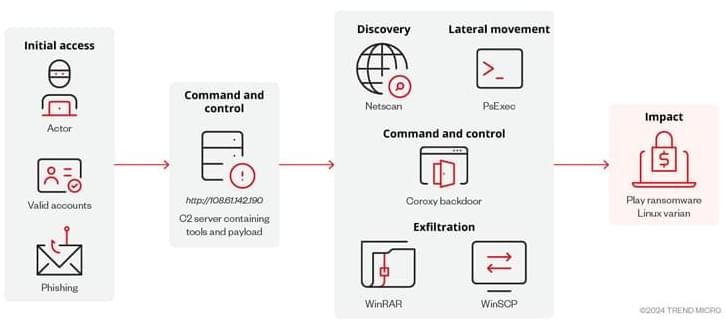

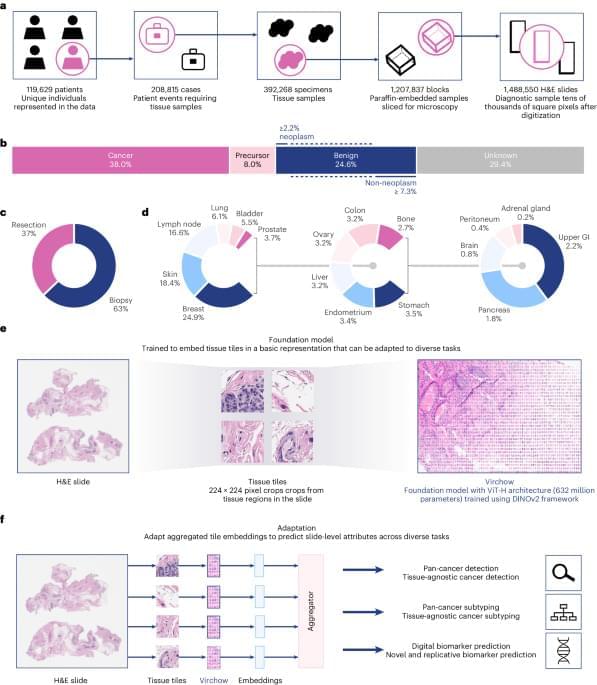

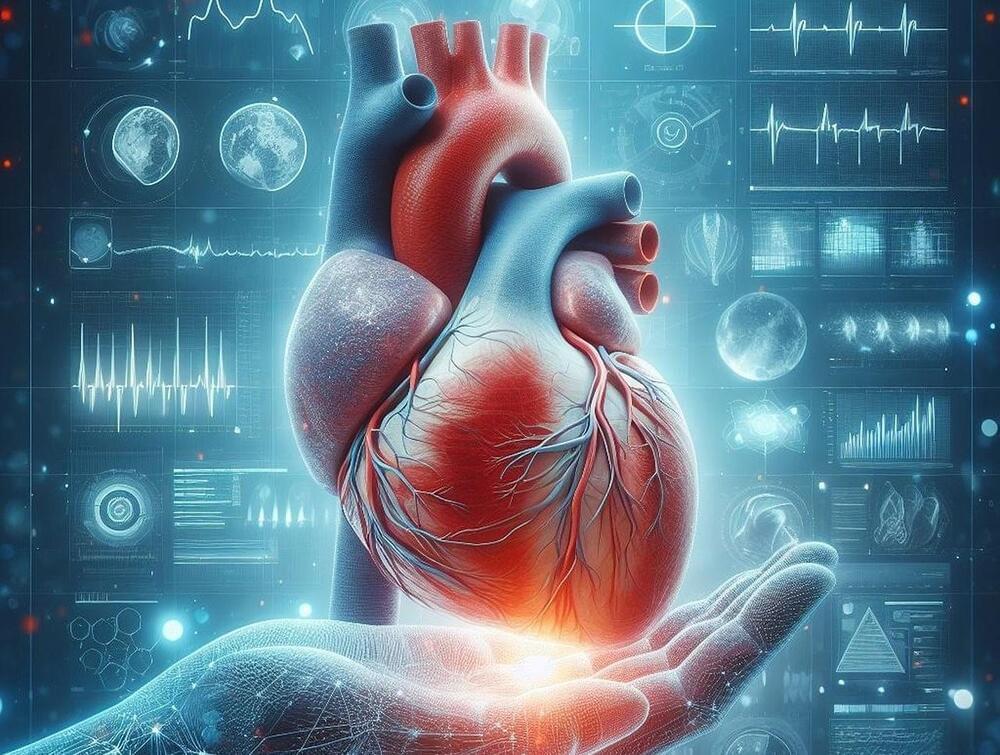
 עברית (Hebrew)
עברית (Hebrew)
